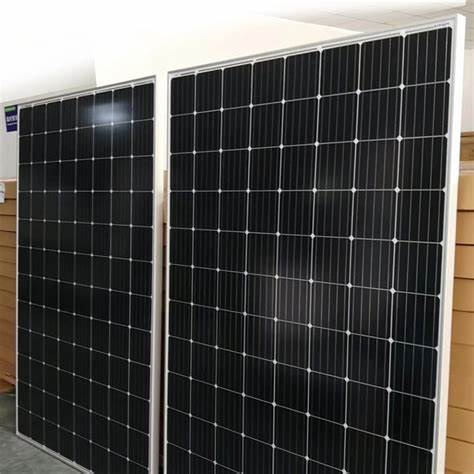The properties of a 500-watt monocrystalline solar panel can vary depending on the manufacturer and specific model, as solar panel technologies and specifications continue to evolve. However, MJK can provide you with a general idea of the properties you might expect to find in a 500-watt monocrystalline solar panel.
- Power Output (Wattage): A 500-watt monocrystalline solar panel is designed to generate 500 watts of electrical power under standard test conditions (STC), which typically include an irradiance of 1000 watts per square meter and a temperature of 25°C (77°F).
- Efficiency: Monocrystalline solar panels tend to have higher efficiency levels compared to other types of panels, such as polycrystalline or thin-film. The efficiency of a 500-watt panel can vary but is often in the range of 20% to 24%. Higher efficiency panels are more space-efficient and can generate more power in limited space.
- Dimensions: The physical dimensions of the panel can vary depending on the manufacturer and model. Generally, a 500-watt monocrystalline solar panel may have dimensions of approximately 2 meters (6.6 feet) in length and 1 meter (3.3 feet) in width. However, variations in size are common.
- Cell Type: Monocrystalline solar panels are made from monocrystalline silicon cells, which are cut from a single crystal structure. This results in a more efficient and space-saving design compared to polycrystalline panels.
- Frame: The panel typically has an aluminum frame that provides structural support and durability. The frame may have pre-drilled holes for easy installation.
- Glass: The front surface of the panel is covered with tempered glass to protect the solar cells from environmental factors, such as dust, debris, and weather.
- Backsheet: Most panels have a protective backsheet to prevent moisture from entering the panel and to enhance its longevity.
- Connectors: Solar panels usually come with connectors (often MC4 connectors) for easy wiring and connection to other panels and the solar inverter.
- Warranty: Manufacturers typically offer warranties on their panels, and the warranty duration can vary. For a 500-watt panel, you might expect a warranty of 10 years or more for product defects and a power output warranty of 25 years or more.
- Temperature Coefficient: Solar panels often have a temperature coefficient that indicates how their efficiency decreases with increasing temperature. A lower temperature coefficient is desirable as it means the panel performs better in hot conditions.
It’s important to note that advancements in solar panel technology continue to occur, so you may find variations in these properties among different panels on the market. Additionally, the efficiency and performance of a solar panel in the real world can be influenced by factors such as shading, orientation, and local climate conditions.


